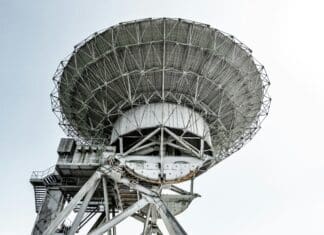This post is also available in:
 עברית (Hebrew)
עברית (Hebrew)
Engineers at King’s College London have made a groundbreaking advancement in robotics by enabling robots to follow complex instructions without relying on electricity. This innovative approach could significantly enhance the capabilities of future robots by freeing up their computational resources for more sophisticated artificial intelligence.
The research team mimicked certain functions of the human body by using a new type of compact circuit that transmits commands through variations in fluid pressure. This approach allows robots to delegate tasks to different parts of their bodies, similar to how the human brain delegates tasks to muscles.
The findings, published in the journal Advanced Science under the name “Frequency-controlled fluidic oscillators for soft robots”, suggest that robots could operate in environments where traditional electrical devices fail, such as in irradiated areas like Chernobyl or in electricity-sensitive settings like MRI rooms, according to TechXplore. Moreover, this technology holds promise for deployment in developing countries that lack reliable access to electricity.
According to Dr. Antonio Forte, Senior Lecturer in Engineering and lead author of the study, “By creating a hardware system independent from the software running it, we can offload a lot of the computational load onto the hardware, in the same way your brain doesn’t need to tell your heart to beat.” This advancement addresses a critical limitation in robotics: while software has rapidly evolved, the hardware has struggled to keep pace.
The research team developed a reconfigurable circuit featuring an adjustable valve, which functions like a transistor in traditional circuits. This innovation, placed directly in the hardware, allows engineers to send direct signals to hardware using pressure, effectively enabling complex maneuvers without electricity.
As a next step, the researchers aim to scale up their technology from experimental prototypes to larger robots, according to TechXplore. With this pioneering work, the future of robotics looks promising, offering smarter robots that can operate independently and efficiently in a variety of challenging environments.


























